Excellent Whites Save Poor 2013 Bordeaux Vintage
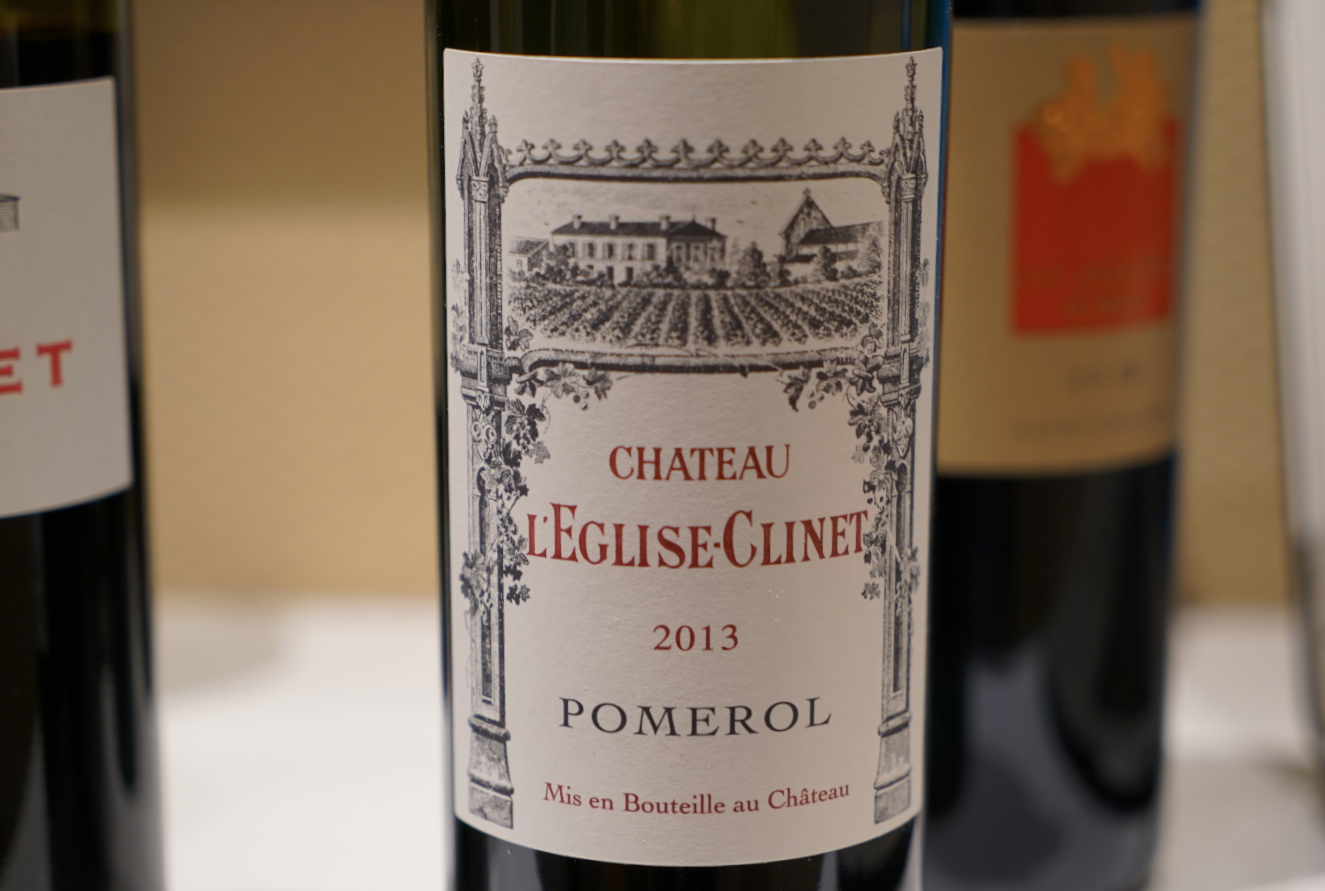
I plan to buy some 2013 Bordeaux as soon as the wines come on the market – whites. I doubt I will buy many 2013 reds.
What has to be the toughest vintage in Bordeaux for two decades produced some super quality dry and sweet wines including such great Sauternes as Yquem, Rieussec and Suduiraut as well as Pessac-Léognan whites such as Haut-Brion, Domaine de Chevalier and Pape-Clement. These and other top whites in 2013 show fabulous richness and structure with fresh acidity and complexity.
I wish the same could be said for the reds, although nobody was expecting 2013 to make many memorable ones. “Considering what happened, it’s a lot better than anyone thought,” said Stéphane Derenoncourt, one of the leading consulting enologists in Bordeaux who also makes his own estate-produced wine, Domaine de L’A in Castillon Côtes de Bordeaux.
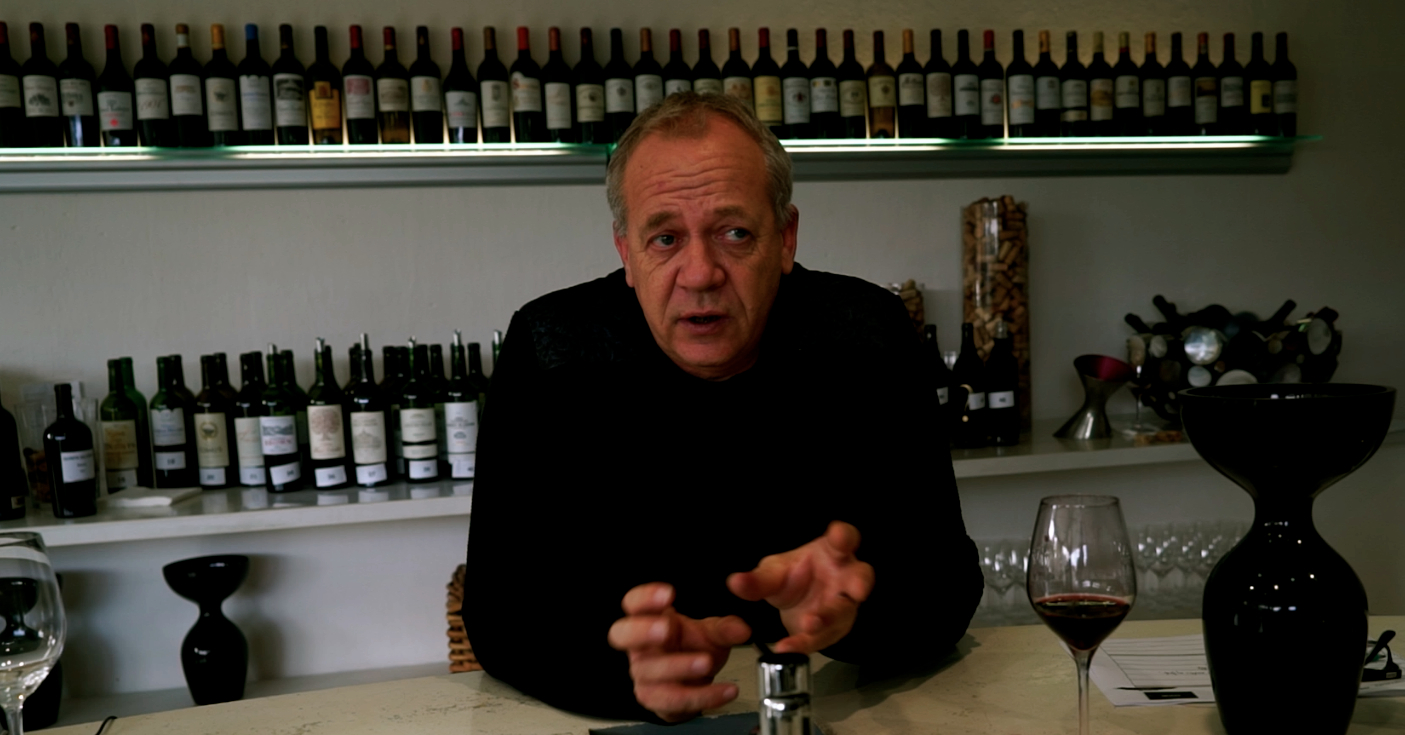
I couldn’t agree more after tasting about 400 bottled wines in Bordeaux a few weeks ago. I rated more than half of them 90 points or more. I obviously “cherry picked” the vintage for my tasting in Bordeaux and I focused on wines that I rated 89 points or more from barrel.
Granted, most of the reds that I tasted in a top vintage would receive three to four points more than what I scored them in 2013. But the fact that so many outstanding wines were produced in such a problematic vintage underlines the viticulture and winemaking prowess of the top wineries and enologists in the region. It also shows that the top estates have the economic means to make sacrifices to make outstanding wines in a terrible vintage.

“I would hate to think what 2013 would have been like 20 years ago,” admitted Jean-Philippe Delmas, the technical director of Haut-Brion and La Mission Haut-Brion. He made a superb Haut-Brion red in 2013, one of the best reds of my tasting. Production of the first wine was only 45 percent of the total and it was almost entirely cabernet sauvignon. “We did everything we could to make the best wines. It was very costly.”
They certainly did pay the price in Bordeaux in 2013 to make outstanding wines. I remember what the 2013 would have been like 20 or 30 years ago. I tasted them! They were vintages like 1992, 1987, and 1984. They made mean and green wines. I remember how many of the reds showed extremely herbal, grassy flavors and hard, metallic tannins.
The best 2013 reds are not like that. They are balanced, fresh, and fruity wines for near current consumption. Some of the top wines could age 10 to 15 years with little problem but I don’t have that in mind. Most of the top wines are drinkable now and will be for the next decade or so. Check out the complete list of 2013s that I rated, if you are a subscriber.
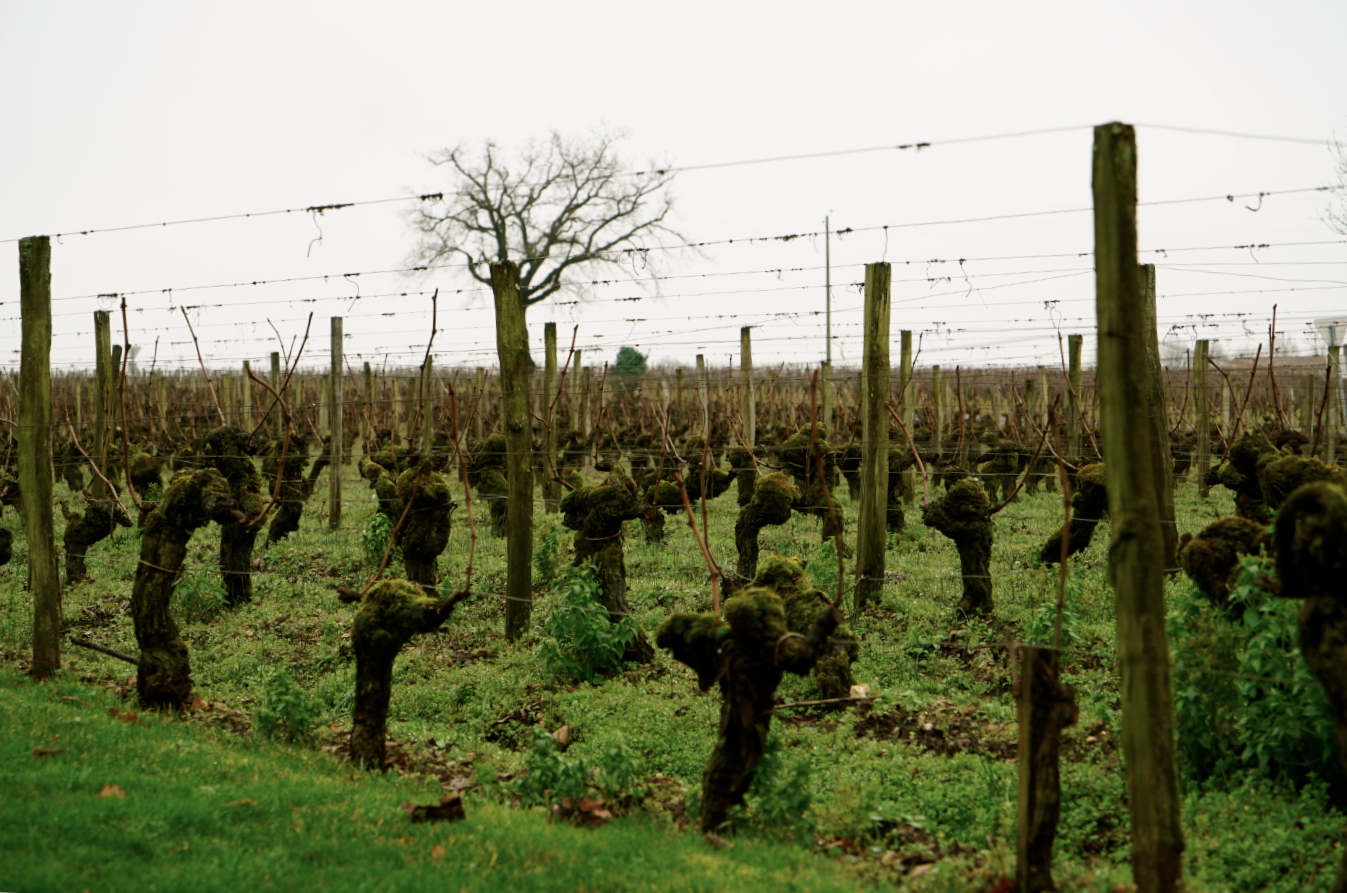
The 2013 reds remind me of a modern 1980, a vintage that was ready to drink on release and sold for a very reasonable price. It was the first vintage that I personally bought when I was working at The Wine Spectator in San Francisco in 1983. I remember paying $18 for a bottle of 1980 Latour and $8 for Lynch Bages.
Of recent vintages compared to 2013, I still prefer 2012 reds, especially on the Right Bank. The wines have more fruit and ripeness. The 2011s are also better as they lose some of their hard tannins and become delicious to drink. Everything else prior to 2013 in recent memory is better quality with the exception of 2002.
“We had ripe grapes,” said Philippe Dhalluin, technical director of Mouton-Rothschild, Cleric-Milon and d’Armailhac. The dry white of Mouton in 2013, Aile d’Argent, was one of its best ever. “We had rain, so we had to pick. We had pressure from the botrytis so we had to pick fast. I wish we could have picked later.”
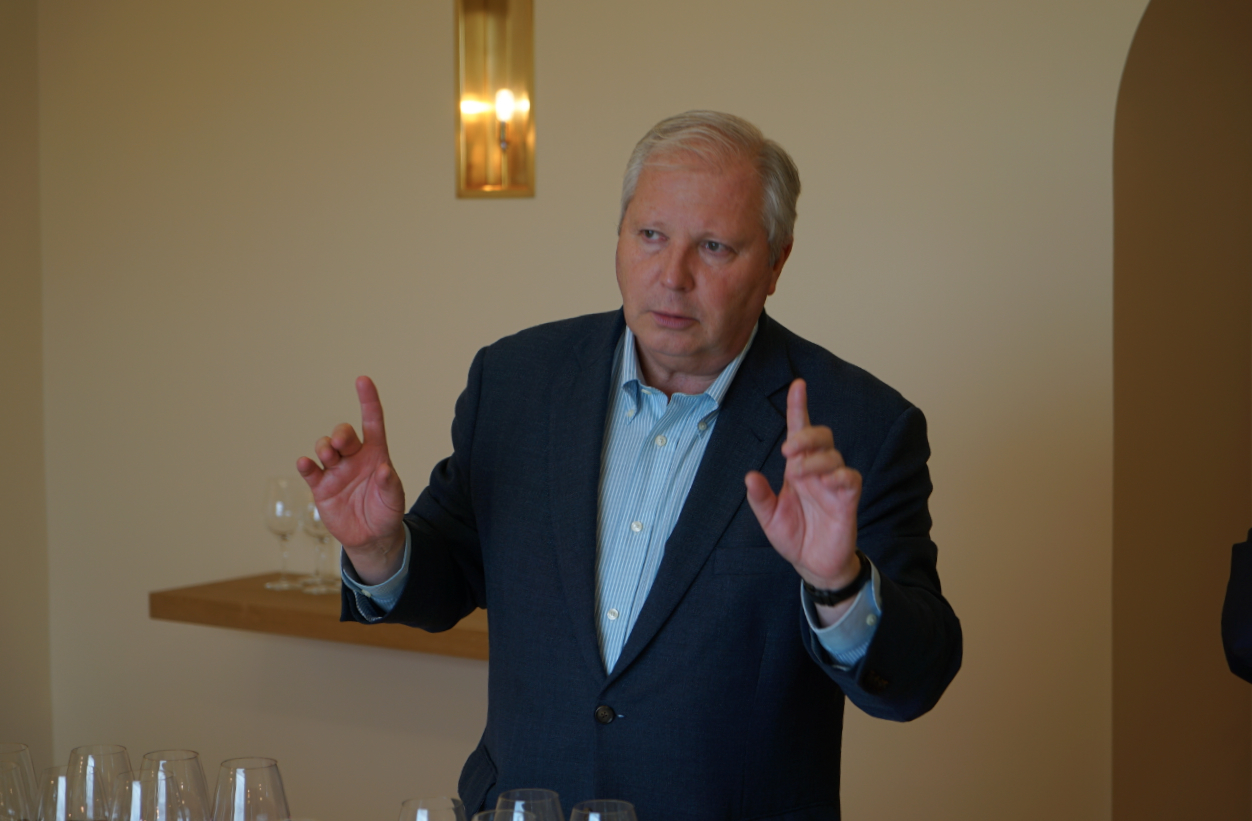
The grape growing conditions were terrible for most of 2013. It was too cold and wet in the spring and early summer. It was extremely cold and wet in June. Luckily, July and August were hot and sunny. This is what saved many wine estates. But there was hail before the harvest in many parts, and then it was rainy during most of September and October.
This is why well-draining soils did best in 2013, particularly top classified growths and Right Bank estates with vineyard planted in soils high in chalk. “Bélair-Monange did particularly well in 2013 because of its great chalk soils and hillside vineyards,” confirmed Christian Moueix. His family owns the property as well as such great Right Bank names as La Fleur Petrus and Trotanoy.

But please be careful. Most of the millions of liters of red made in Bordeaux were poor quality compared to recent vintages. Said one small grower I know: “I sold everything in bulk. It lacked everything in the end. But prices were high because of the lack of wine. Better to sell in bulk.”
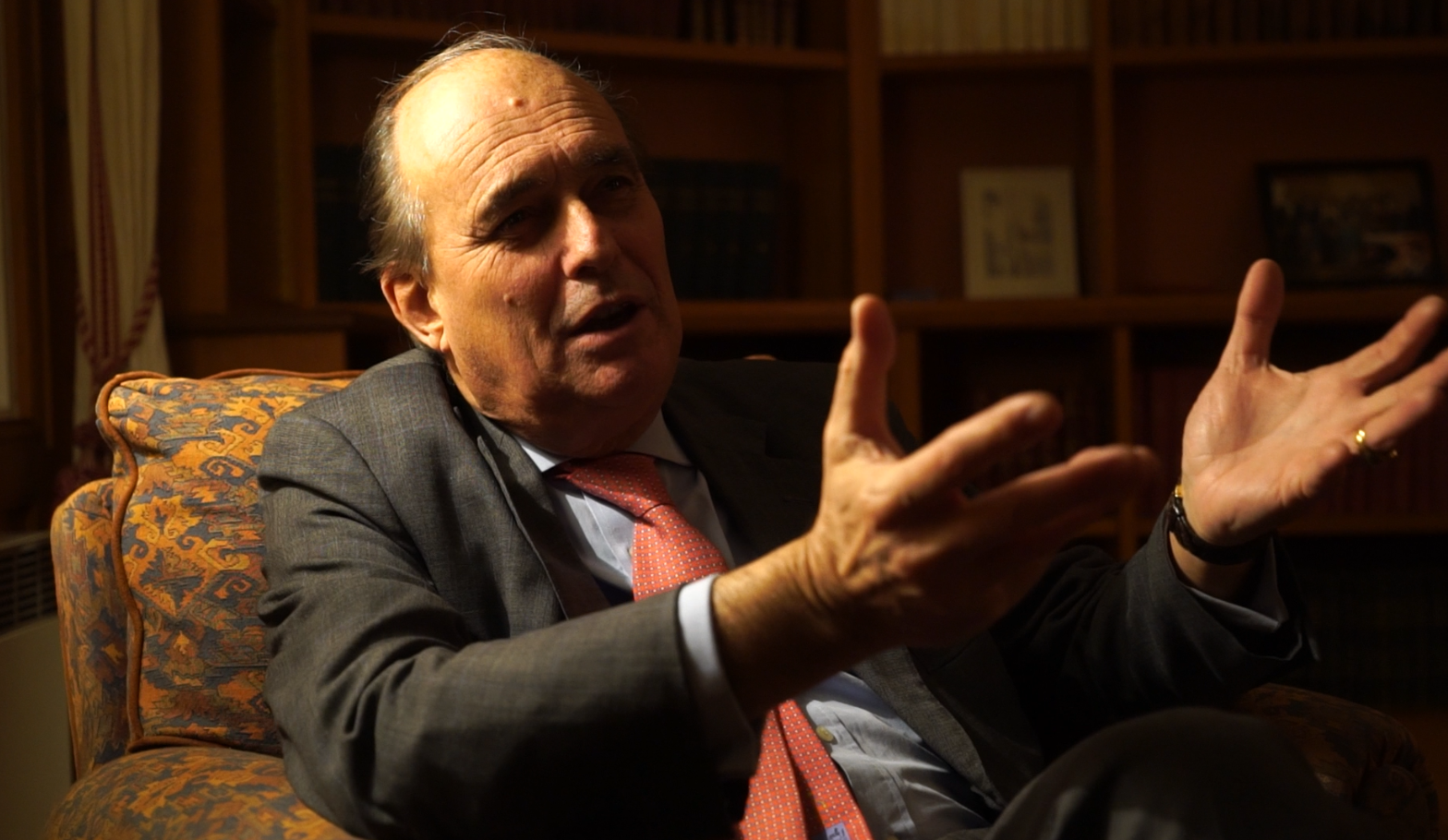
The best wines will also apparently sell in bottle. Wineries and wine merchants in Bordeaux say they can sell 2013 as it is the least expensive young vintage currently available on the market. I even read a blog on Liv-ex, the London-based fine wine-trading platform, that 2013 will be in demand because of its attractive prices. Stocks are also limited as most châteaux made a fraction of their normal production.
I guess in the end I might even buy a few reds besides the great whites in 2013 – particularly in restaurants – but the problem is that so many other attractive vintages of Bordeaux are out in the market and the up-and-coming 2014 and 2015 are obviously superior quality.
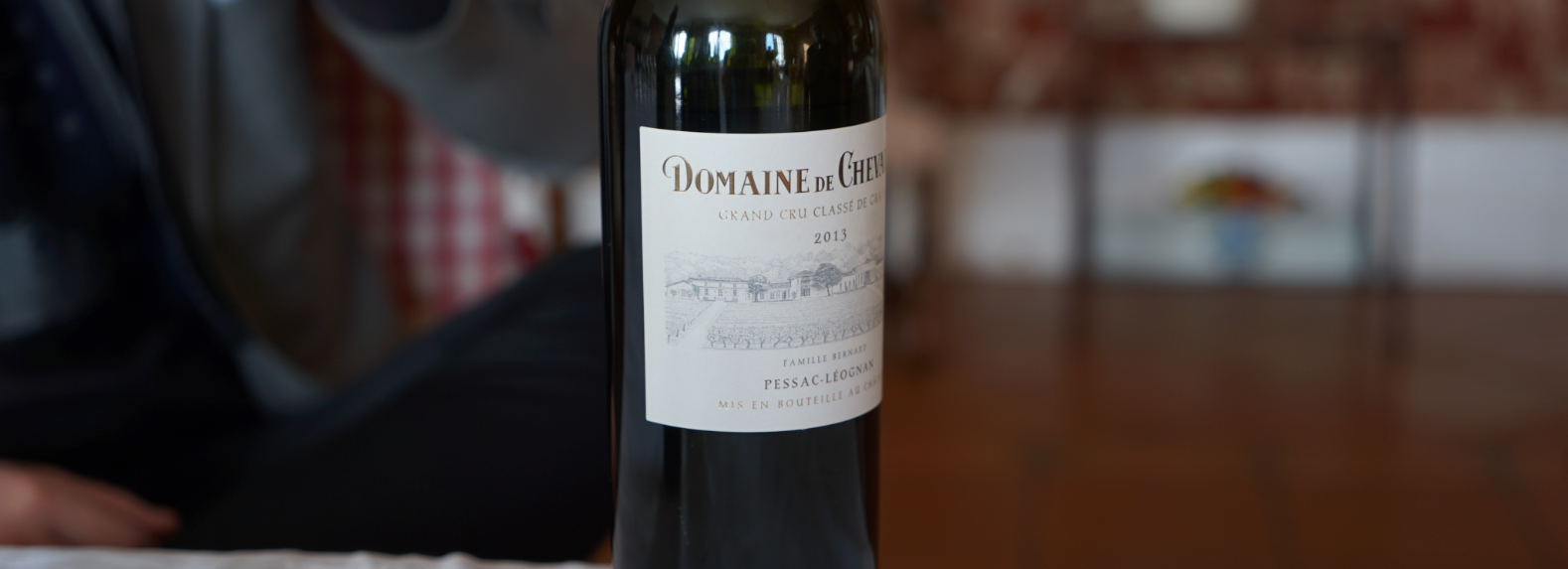
Photos (from top to bottom): Bottle of L’Eglise Clinet; Stephane Derenoncourt; Chateau d’Yquem 2013; Vineyard in Pomerol; Philipe Dhalluin; winemaking director of Chateau Mouton Rothschild; Christian Moueix, owner of La Fleur Pétrus, Trotanoy and other great names in the Right Bank; Jean Philippe Castejá; owner of Chateau Batailley in Pauillac and Chateau Trotte Vieille in Saint Emilion; a bottle of 2013 Domaine de Chevalier Blanc, one of the top wines of the vintage.